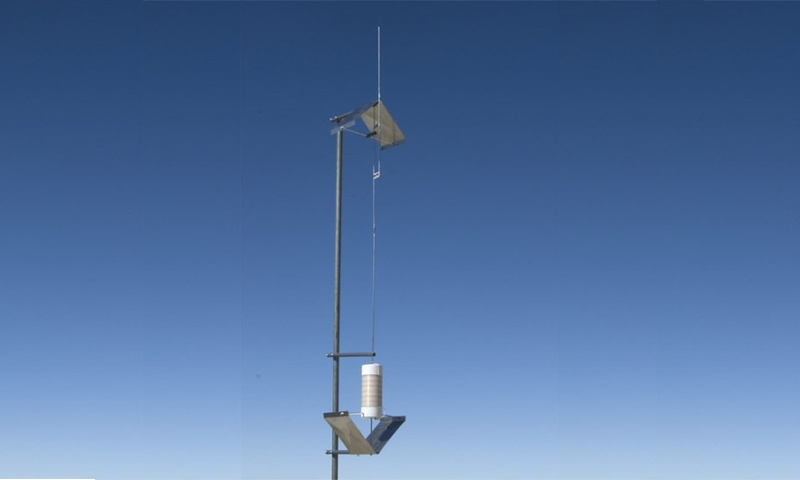
 |
| Isotron ISO-160 160 Meter Antenna $249.99Features
The Isotron Technical DescriptionThe purpose of the design was to make a compact, convenient design that would perform well. The design is an electrical copy of a 1/2 wave dipole. I will describe electrically what takes place. Radiation patterns and formulas are not necessary for analyzing the tuning characteristics. A 1/2 wave dipole reacts as a SERIES RESONANT CIRCUIT. Allelectrical formulas you want to apply to this circuit will also apply to the antenna AT THE FEEDPOINT. The feedpoint is what determines how the antenna will match the transmitter and measurements are taken at the connector of the antenna. Therefore, whether the circuit is on your radio board or hanging as an antenna all formulas and theory apply. At the feedpoint the dipole or Isotron will resonate. This is when the Capacitance Reactance (XC) and Inductive reactance (XL) are equal (value in ohms). However when this takes place, because the antenna is a radiator it will also develope a pure RESISTANCE (R)when resonant or Radiation Resistance. This R is dependent on the antennas grounding, feedline and environment. This R value is what establishes your SWR measure at resonance. Once an antenna is resonant it becomes a working device with a radiation resistance of 25 ohms or greater. 50 ohms normally. When the antenna has a higher XC value than the XL the antenna is off resonance. The resonant point is at a higher frequency than where the transmitter is currently set. If the XL is greater than the XC the opposite is true. Off resonance the Impedance (Z) of the antennas increases. It will be at its lowest value at the resonant point. (Z and R are not the same). Testing an antenna at the feedpoint without the feedline is fine for design work, but is not practical for tuning it to your entire set up (radio, feedline and grounding). The antenna is an infinite extension to your feedline. They both must be tested together to have reliable results. The Isotrons have been built physically to have proper capture area to the atmosphere. Enlarging the antennas more will have little affect on performance. The Isotrons are not a loop. Therefore the radiation pattern is omni-directional and polarization is random. This offers excellent efficiency on transmit. Reception is noticed as soon as the receiver is connected. Low noise, good sensitivity and the affects of changing polarization is lower. Granted it looks a little strange compared to what we are use to. However the advantages are plain to see. Our 40 years of service to the HF community is a testimony to the performance of the Isotrons. |